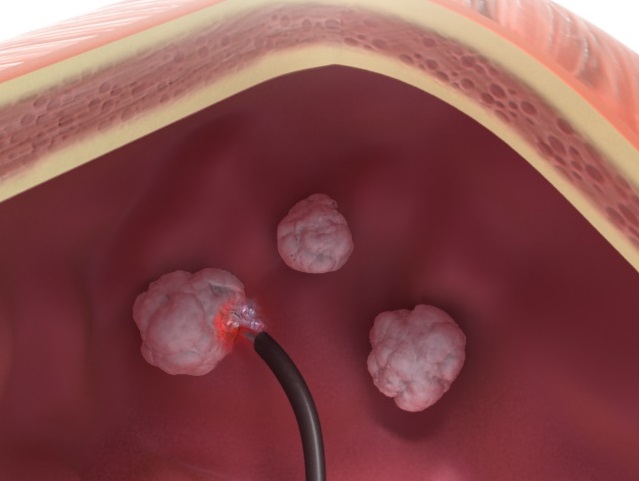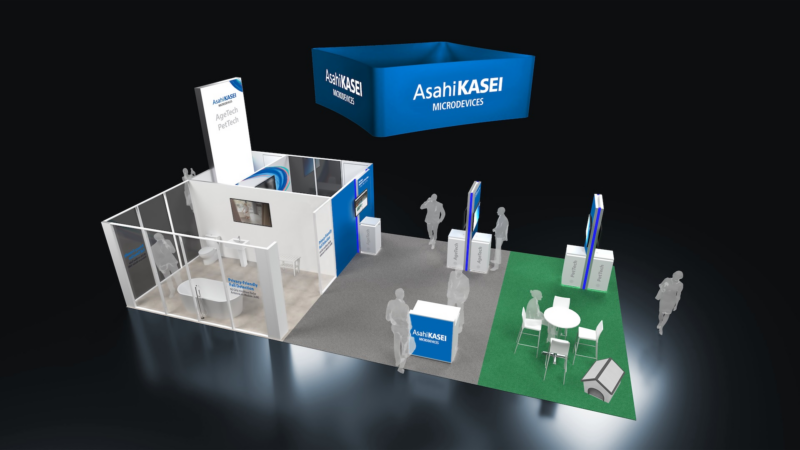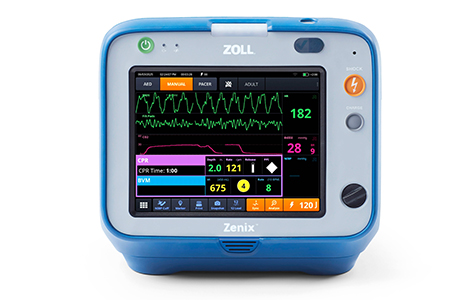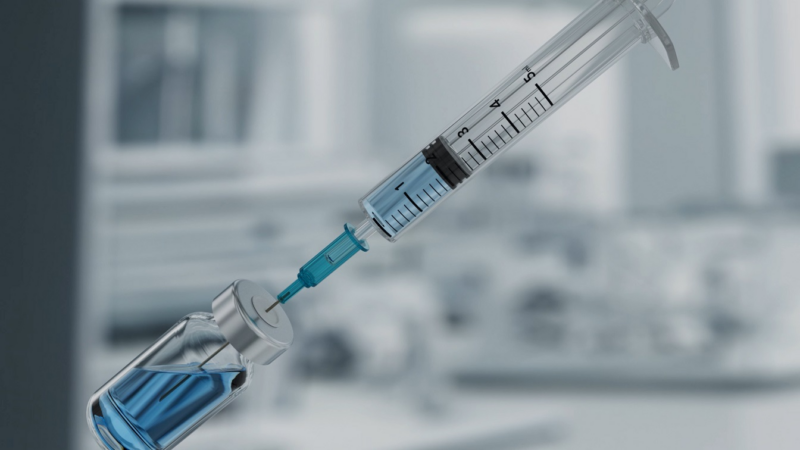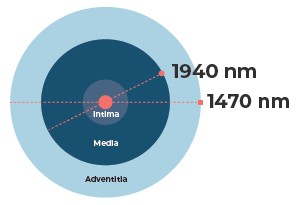Removal of non-muscle-invasive bladder tumors on an outpatient basis and without anesthesia – Can also be used with blood-thinning medication – New study compares TULA and TURBT – Outpatient procedure offers major advantage in the context of Covid-19
Jena, March 14, 2022 – Bladder cancer is one of the most common types of cancer in the elderly. Those affected usually develop the disease for the first time between 70 and 80. It is not uncommon for people of this age to already have one or more pre-existing conditions that make general anesthesia difficult. Taking blood thinners, i.e. anticoagulants or platelet aggregation inhibitors, can also hinder conventional treatment. The high recurrence rate of non-muscle invasive bladder cancer (NMIBC for short) in combination with the late age of initial onset sometimes also stand in the way of going under anesthesia multiple times. With the minimally invasive TULA laser therapy (Trans-Urethral Laser Ablation), biolitec has developed a procedure that circumvents this very problem. The therapy can be performed without anesthesia and on an outpatient basis.
But it is not only patient comfort that speaks for the innovative laser technology: The combination of the two wavelengths of the LEONARDO Mini DUAL medical laser of 980 and 1470 nm enable tumors to be removed while simultaneously stopping bleeding. The wavelengths have ideal absorption in hemoglobin and water, so the surgeon has an excellent field of view and an optimally controlled penetration depth during laser use with only minimal thermal scattering – in other words, first-class working conditions. In addition, the LEONARDO mini diode laser is portable, cost-effective and compact. The numerous advantages of TULA therapy also moved a research team from England to publish the results of a prospective multicenter study in the context of the Covid 19 pandemic. Findings:
1)TULA is approved by BAUS (british association of urological surgeons) and NHS (National Health Service) for the treatment of non-muscle invasive bladder cancer and can be performed on an outpatient basis.
2)Bladder therapy TULA agrees well with patients, they can continue to take their anticoagulant medications.
3)Compared to TURBT, TULA has a lower morbidity rate from complications such as bladder perforation.
4)In addition, TULA eliminates the need for general anesthesia.
From 2014 – 2019, data from a total of 990 TULA treatments on 475 patients were collected and analyzed by the Ashford and St. Peters Hospitals medical research team of James Aljoe, Haider Syed, and Sachin Agrawal. Patients whose data were analyzed had either low-grade recurrent NMIBC or intermediate/high-risk NMIBC due to age and/or pre-existing conditions. The average follow-up time was 28 months. Of the patients, approximately 47% were on anticoagulant or blood-thinning medication. The results one year after TULA treatment were comparable to EORTC (European Organisation for Research and Treatment of Cancer) rates for recurrence and progression with TURBT treatments, he said. This demonstrates the equivalence of both therapies, with TULA having the previously mentioned advantages. Since data suggest that the vast majority of all NMIBC patients can be treated with laser therapy on an outpatient basis, this demonstrates another major advantage in the context of Covid-19: treatment with TULA eliminates the need for overnight hospitalization. Timely patient care is thus better ensured by outpatient treatment.
1Aljoe, J., Seyed, H., Agrawal, S., Outpatient Transurethral Laser Ablation of Urothelial Cancer – A safe alternative to TURBT in the era of COVID 19.
https://academy.siu-urology.org/siu/2020/40th-SIU-Virtual/309947/james.aljoe.outpatient.transurethral.laser.ablation.for.urothelial.cancer.a.html?f=menu%3D6%2Abrowseby%3D8%2Asortby%3D2%2Amedia%3D2%2Ace_id%3D1856%2Aot_id%3D24088
biolitec® is one of the world’s leading medical technology companies in the field of minimally invasive laser applications and is offering in the field of photodynamic therapy (PDT) the laser-assisted treatment of cancer with the drug Foscan®, registered in the EU. Since 1999, biolitec® is focused on the development of minimally invasive, gentle laser procedures. The unique LEONARDO® diode laser from biolitec® is the first universally applicable medical laser with a combination of two wavelengths, 980 nm and 1470 nm, which can be used in all disciplines. ELVeS® Radial® (ELVeS® = Endo Laser Vein System) is the world’s most common laser system for treating venous insufficiency. In proctology, biolitec® offers a maximum sphincter-sparing therapy for anal fistulas as well as treatment options for hemorrhoids and pilonidal cysts. In urology, the range of therapies has expanded from benign prostate hyperplasia (BPH) to bladder and prostate tumors. The LEONARDO® Mini laser, which weighs only 900 g, has been specially developed for mobile applications. Gentle laser applications in the fields of gynecology, ENT, thoracic surgery and pneumology, esthetics, and orthopedics are also part of biolitec®’s business field. Further information is available at www.biolitec.com
Company-Contact
biolitec AG
Joern Gleisner
Untere Viaduktgasse 6/9
1030 Wien
Phone: +49 (0) 3641 / 51953-36
Fax: +49 (0) 6172 / 27159-69
E-Mail: info@biolitec.de
Url: http://www.biolitec.com
Press
biolitec
Joern Gleisner
Otto-Schott-Str. 15
07745 Jena
Phone: +49 (0) 3641 / 51953-36
Fax: +49 (0) 6172 / 27159-69
E-Mail: joern.gleisner@biolitec.com
Url: http://www.biolitec.com
Bildquelle: © biolitec®

